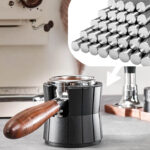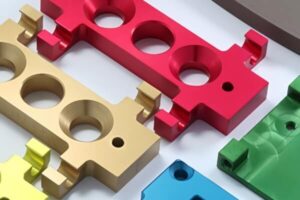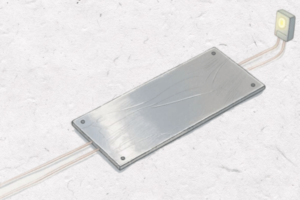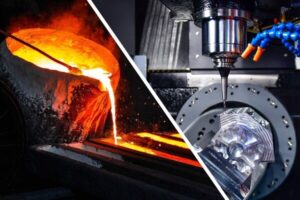Exploring Welding fabrication means knowing the difference between MIG and TIG welding. Each method uses a unique power source, affecting its use and results. The choice between MIG and TIG can greatly influence your project’s quality and speed.
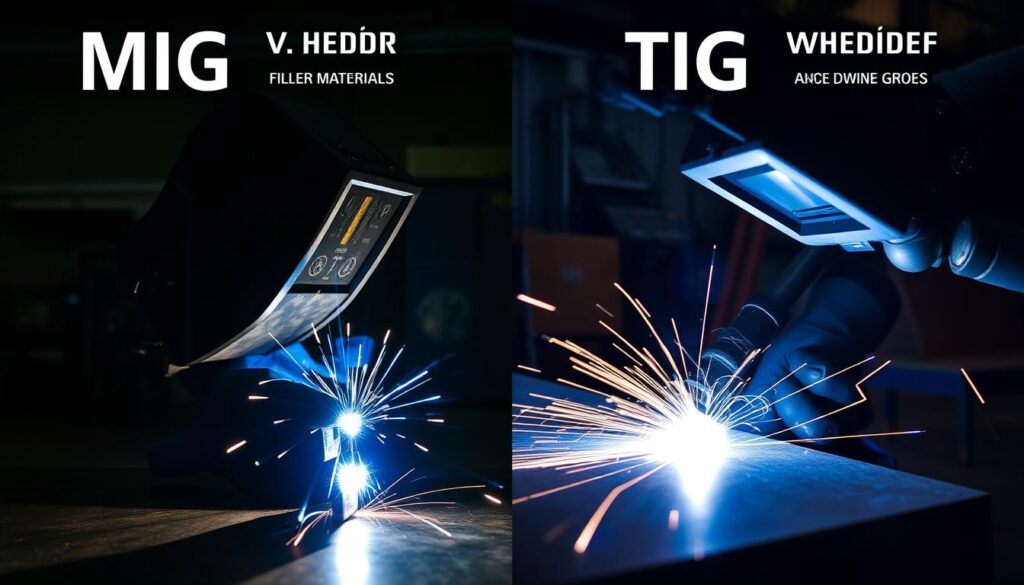
TIG welding is all about precision. It uses a non-consumable tungsten electrode and sometimes needs extra filler material. It’s perfect for detailed, clean welds and works well with thin materials. On the other hand, MIG welding uses a wire electrode that also acts as filler. It’s great for fast, repetitive work and thicker metals.
Choosing between MIG and TIG depends on your project’s needs and the metals you’re working with. It’s also important to know about shielding gases. These gases keep the weld clean and strong.
Key Takeaways
- Understanding the core differences between MIG and TIG welding is vital for metal fabrication projects.
- TIG welding uses a non-consumable tungsten electrode, suitable for precise and delicate work.
- MIG welding employs a consumable wire electrode, ideal for quick and efficient tasks.
- Each welding technique requires specific shielding gases to maintain weld quality.
- Selecting the appropriate method depends on metal type, project specifications, and desired weld characteristics.
Advantages and Disadvantages of TIG and MIG Welding
Choosing between TIG and MIG welding means looking at their pros and cons. Each method has its own strengths and weaknesses. These can greatly affect your work, based on your project’s needs.
Advantages of TIG Welding
TIG welding is known for its precision. It creates high-quality welds, perfect for detailed work. This method gives you control, which is great for thin materials or projects that need a clean finish.
- Precision Welding: TIG welding offers exceptional control which translates to high-quality welds.
- High-Quality Welds: The resulting welds are clean and aesthetically pleasing, ideal for detailed fabrication projects.
- Welding Versatility: TIG welding can be used on a wide range of materials, including aluminum, stainless steel, and exotic metals.
Disadvantages of TIG Welding
Despite its benefits, TIG welding has drawbacks. It’s slower than other methods, which can slow down your work. It also needs a lot of skill and experience.
- Slower Fabrication Speed: The precision that TIG welding offers comes at the cost of speed, making it less ideal for high-volume production.
- Steep Learning Curve: TIG welding requires significant skill and experience to master, which can be a barrier for beginners.
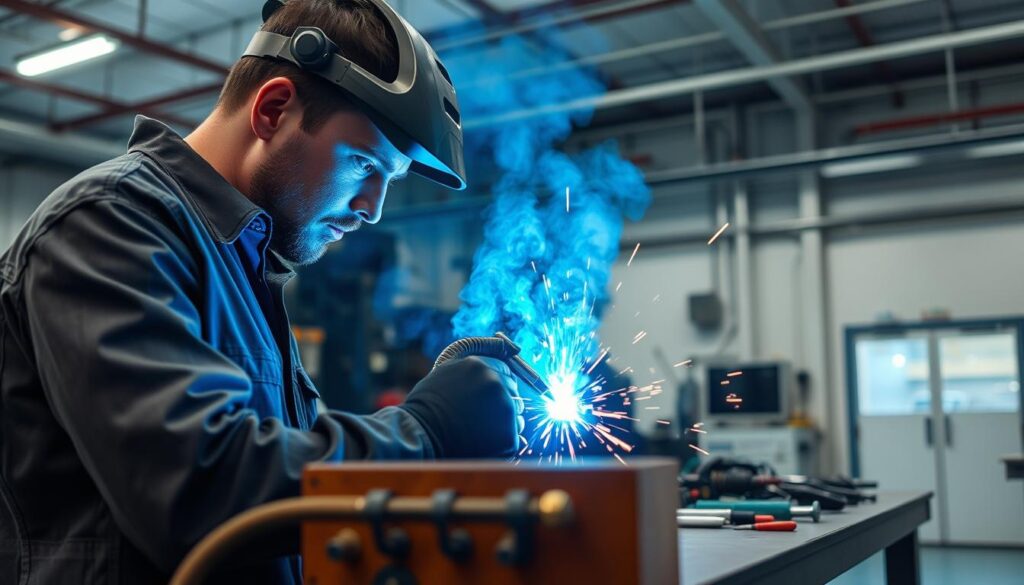
Advantages of MIG Welding
MIG welding is known for its efficiency and ease of use. It’s faster and more versatile. It’s also easier to learn, making it great for beginners and those who need to work quickly.
- Faster Fabrication Speed: MIG welding is known for its rapid production capabilities, making it ideal for high-volume projects.
- Ease of Use: This method is easier to learn and operate, making it a good choice for beginners.
- Welding Versatility: MIG welding can handle a variety of applications and materials, which adds to its overall versatility.
Disadvantages of MIG Welding
MIG welding has its own set of drawbacks. It may not produce as precise welds as TIG welding. The equipment can also be bulky.
- Less Precision: While MIG welding is efficient, it may lack the finesse required for more detailed or intricate work.
- Bulky Equipment: The required machinery for MIG welding can be cumbersome, making it less portable.
| Welding Method | Advantages | Disadvantages |
|---|---|---|
| TIG Welding | Precision welding, High-quality welds, Welding versatility | Slower fabrication speed, Steep learning curve |
| MIG Welding | Faster fabrication speed, Ease of use, Welding versatility | Less precision, Bulky equipment |
Applications of TIG Welding vs MIG Welding
Knowing when to use TIG weld applications and MIG weld applications is key. Each method has its own strengths. They are perfect for different industrial applications, from automotive welding to aerospace fabrication and metal artistry.
Applications of TIG Welding
TIG welding is great for tasks needing precision and control. It’s used in:
- Automotive Welding: TIG welds are perfect for exhaust systems and chassis. They ensure strong, seamless joints.
- Aerospace Fabrication: It’s essential for aircraft structures. TIG welding makes high-quality welds that can handle extreme conditions.
- Metal Artistry: Artists and sculptors love TIG welding. It’s great for detailed, artistic metalworks.

Applications of MIG Welding
MIG welding is fast and easy to use. It’s ideal for many industrial applications. It’s mainly used for:
- Industrial Manufacturing: MIG welding is great for fast production lines. It’s used in the automotive and construction sectors.
- Home Repairs: MIG welding is easy to use. It’s often used in DIY and home repair projects.
- General Fabrication: It’s versatile in making metal frameworks and structures. It’s a must-have in general metalworking and fabrication shops.
Both TIG weld applications and MIG weld applications are crucial in many industries. Knowing their strengths helps you choose the right welding method for your project.
TIG Welding vs MIG Welding: An Overview of Each Welding Process
Knowing the basics of TIG and MIG welding is key to picking the right method for your project. This part dives deep into what makes TIG and MIG different. It covers the core processes and principles of arc welding.
TIG Welding: Principle of Process
TIG welding, or Tungsten Inert Gas welding, needs a lot of skill and precision. It uses a non-consumable tungsten electrode. You manually add filler material to the weld area.
This method lets you control the heat and filler metal, making high-quality welds. The main goal is to keep the arc stable with the tungsten electrode. This ensures strong and clean welds.
MIG Welding: Principle of Process
MIG welding, or Metal Inert Gas welding, uses an automatic wire feeder. It has a consumable wire electrode that melts into the weld pool. This method is easy to use and great for big projects.
It’s favored for its automation. The MIG method keeps the arc steady through the wire electrode. This makes welding quick and efficient.
To better understand these welding methods, here’s a comparison table:
| Aspect | TIG Welding | MIG Welding |
|---|---|---|
| Electrode Type | Non-Consumable Tungsten | Consumable Wire |
| Operation Complexity | Manual, Skill-Dependent | Automatic Wire Feed |
| Precision Control | High Precision | Moderate to Low Precision |
| Speed | Slower | Faster |
| Application Suitability | Thin Materials | Thick Materials |
Why MIG Welding Is Better than TIG Welding?
MIG welding is a top choice in many fields because of its many benefits. It’s better than TIG welding for many reasons. It’s great for both new and experienced welders. Let’s look at why MIG welding is the better option.
Diversity
MIG welding is great because it works well with many materials. It can handle steel and aluminum, making it versatile. This means welders can work quickly, no matter the metal.
Speed
MIG welding is fast, which is a big plus. It lets welders work without stopping often. This makes projects finish faster, saving time and money.
Ease
MIG welding is easy to learn, perfect for beginners. It doesn’t need a lot of training. This makes it easy for new welders to get started, helping more people join the field.
| Aspect | MIG Welding | TIG Welding |
|---|---|---|
| Diversity of Materials | High | Moderate |
| Speed | Fast | Slow |
| Ease of Use | Easy | Challenging |
FAQs
Many people have common welding questions when they start welding. It’s important to know about different welding methods. This helps you make good choices. Below, we’ve listed some key TIG vs MIG FAQs to guide you.
| Question | Answer |
|---|---|
| What are the main differences between TIG and MIG welding? | TIG welding uses a tungsten electrode and is great for thin materials. MIG welding uses a wire electrode and is better for thicker materials and faster work. |
| Which welding method is more suitable for beginners? | MIG welding is easier for beginners. It has a simpler technique and is quicker to learn. It’s a popular choice for new welders. |
| Can TIG and MIG welding be used on aluminum? | Yes, both can be used on aluminum. TIG is preferred for its precision. MIG is favored for its speed and ease. |
| What equipment do I need for TIG welding? | You’ll need a TIG torch, tungsten electrode, filler rod, shielding gas, and a welding machine with high-frequency start or lift-start. |
| How do I choose between TIG and MIG welding for a specific project? | Think about the material, thickness, precision needed, and production speed. TIG is best for thin, precise projects. MIG is better for heavier, faster work. |
We aim to answer your common welding questions with detailed answers. This will help you make the right choices for your projects. Whether you’re looking at TIG vs MIG FAQs or need practical welding advice, knowing these basics will improve your welding skills and results.
Conclusion
In this guide, we explored TIG and MIG welding. We looked at their benefits, uses, and how they work. Now, you can pick the right welding method for your project, whether it’s for work or a hobby.
TIG welding is great for precise work, while MIG welding is faster and more versatile. Knowing what each method does helps you plan your welding projects better.
Learning more about welding is key. We suggest looking into more resources to deepen your knowledge.




